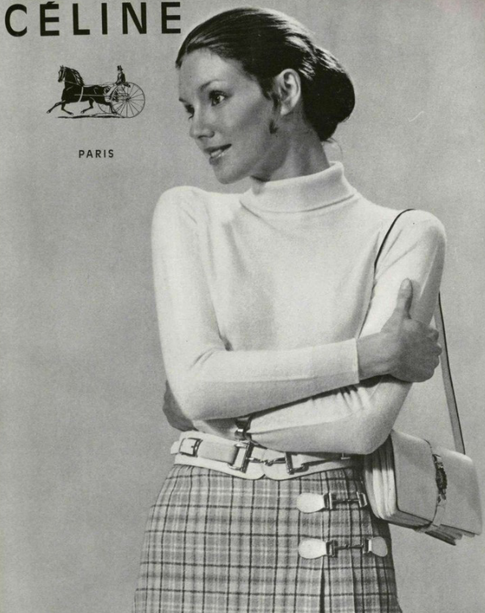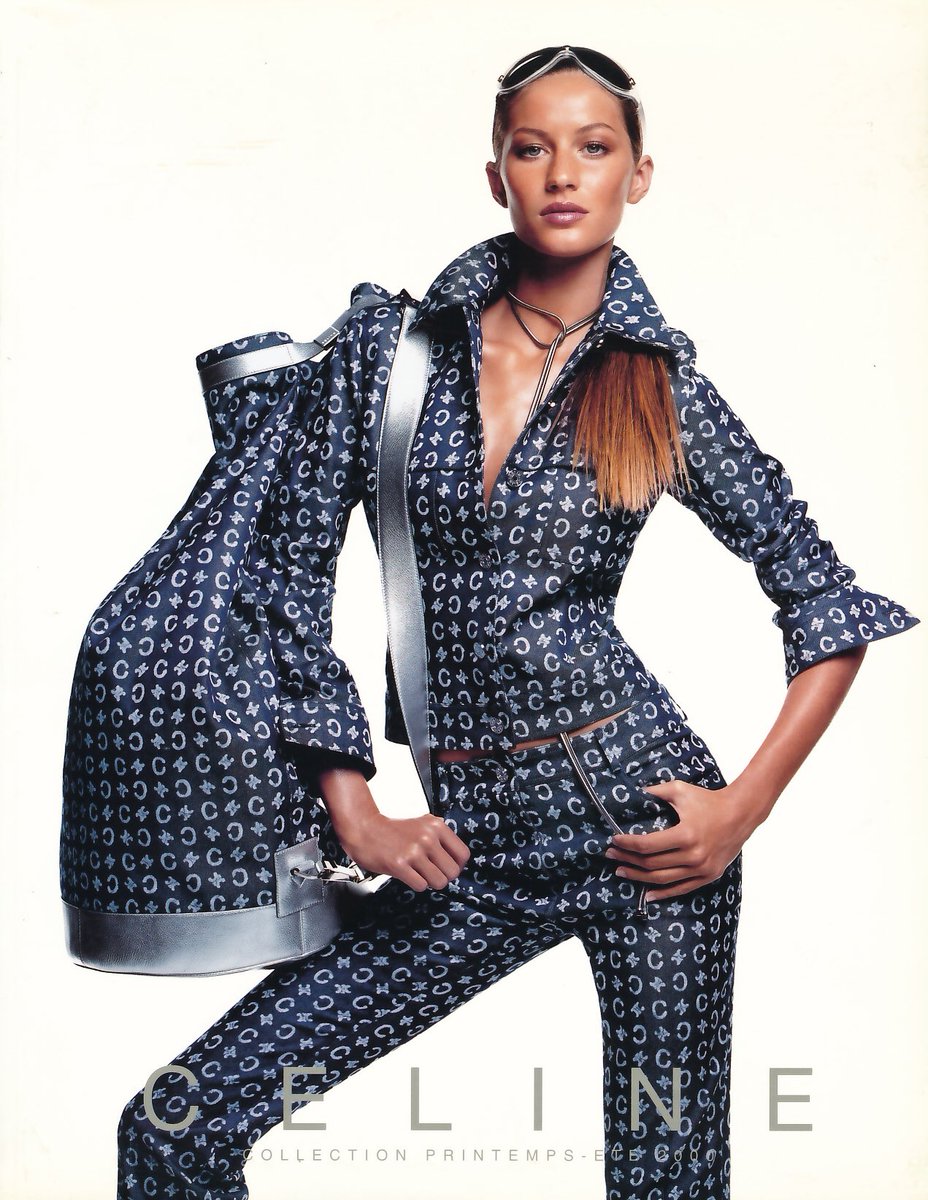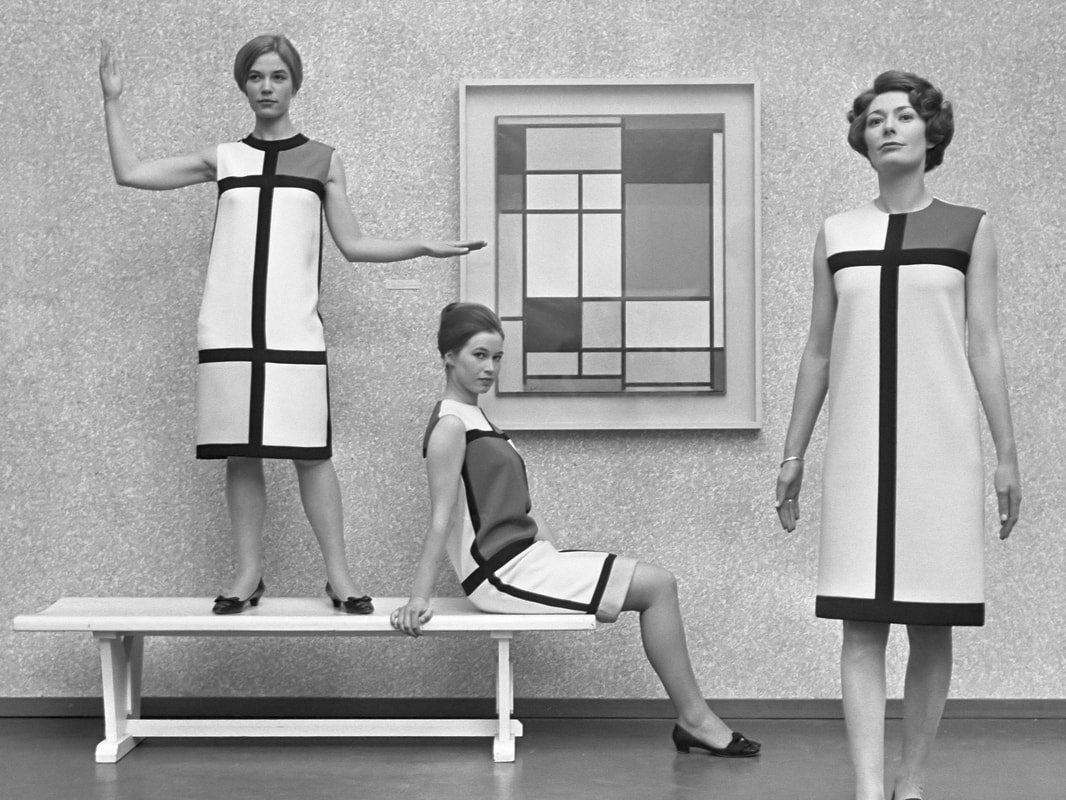|
20/12/2020 House Histories: The Celine timelineA symbol of modern minimalism and sophistication, the Celine brand is renowned for its understanding of what women really want to wear. However, while defined for many modern fans by the work of former creative director Phoebe Philo, Celine actually has a long and storied history dating back to the 1940s. Here’s everything you need to know… 1945Celine is founded by Céline and Richard Vapiana as a made-to-measure children’s shoe store at 52 Rue Malte in Paris. Its first logo is a distinctive red elephant created by cartoonist Raymond Peynet.
The elephant logo is replaced with a new design, known as the Blazon Chaine, featuring intertwining Cs inspired by the Arc de Triomphe. The logo is used to create the Celine’s first signature ‘C’ Sulky canvas. 1987Bernard Arnault buys Celine’s capital and becomes the owner of all 89 of its stores worldwide.
2006Ivana Omazic, who has held positions at Prada, Jil Sander and Miu Miu, is appointed as creative director but fails to deliver the results LVMH expects. 2008Omazic is replaced by Phoebe Philo who proves to be the perfect person to bring this, now somewhat obscure, brand back to fashion’s forefront. Joining from Chloe, Philo showed her first collection for SS10, presenting an elegant, minimalist and precise take on Vapiana’s original aesthetic. Its strong, clean lines speak to contemporary consumers and the brand’s fortunes immediately turn round. 2010Philo receives the Designer of the Year Award at the British Fashion Awards. 2011Philo receives the CFDA’s International Designer of the Year Award. 2015Celine relocates its headquarters to 16 Rue Vivienne in Paris’ 2nd arrondissement. 2017Séverine Merle is appointed CEO. 2018After a hugely successful decade at Celine, Philo steps down and is replaced by Hedi Slimane. Fresh from his controversial rebrand of Saint Laurent, Slimane stamps his trademark penchant for super skinny edgy styles on Celine - a move not well received by those who loved the brand under Philo. The debut of Slimane’s first collection sends prices for #oldceline sky rocketing and reviews are roundly disappointing. However, Slimane, with his background in menswear, has managed to expand Celine’s share of the men’s market and critics and consumers alike do seem to have warmed to Slimane’s Celine in the seasons since. Comments are closed.
|
Search by typing & pressing enter





